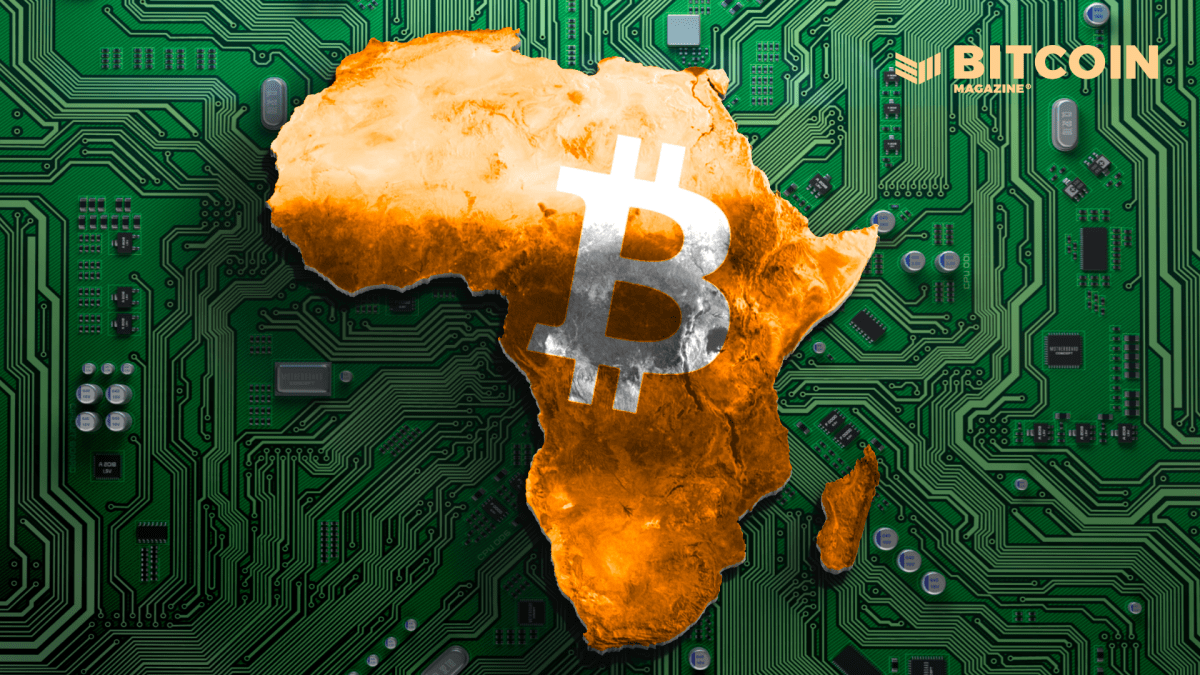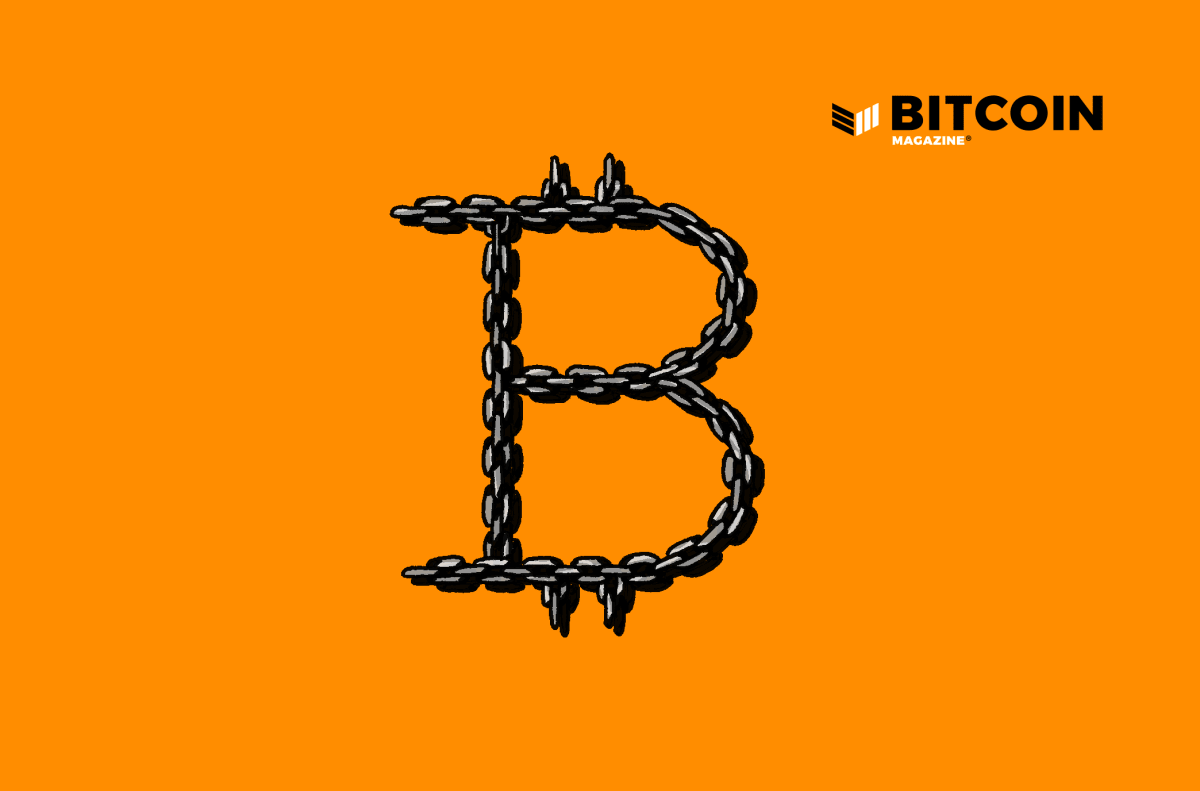Gresham’s Law Does Not to Apply to Bitcoin In El Salvador
The economic rule discussed in a previous article doesn’t take these two factors specific to bitcoin’s situation in El Salvador into account.
Austrian economists have long been interested in the study of money and the processes of monetization. The last global monetary standard that developed largely through market forces, gold, occurred well before the Austrians had performed their work on the topic. The advent of the digital monetary network known as Bitcoin gives the Austrian the utterly-rare opportunity to observe the reordering of global economic life as an emergent sound money takes aim at slaying the existing fiat structures.
Like an analysis of any other topic, it is critical to understand and apply the foundational principles of Austrian economics to properly develop conclusions about the monetization process of bitcoin. A study on the effects of minimum wage laws cannot be trusted without a firm grasp of the law of demand; likewise, the study of the recent law in El Salvador making bitcoin legal tender requires the proper application of Gresham’s law.
In a recent Mises Wire, Kristoffer Mousten Hansen applies Gresham’s law to bitcoin’s legal tender status in El Salvador to predict that the scheme would backfire for bitcoin and the citizens of the country. While it remains to be seen how all of this plays out, we can largely dismiss Hansen’s conclusions because he employs a faulty understanding of Gresham’s law. His analysis has two fatal flaws, the first being explicit and the second implicit:
- Gresham’s law can be applied to any law with dual legal tenders without regard to the structure of the scheme.
- The economic interactions between bitcoin and the U.S. dollar will occur in a vacuum in El Salvador without interactions with global markets.
Hansen does a good job of defining and explaining Gresham’s law, which does conclude that “bad money drives out good money.” It is important to briefly examine why that happens.
With a fixed exchange rate between the two legal tenders, people will be incentivized to hold onto the better money and sell their worse money. However, those beholden to these legal tender laws will have the incentive to transport the better money out of their jurisdiction and into ones without the fixed exchange rate where they enjoy a better exchange rate because an arbitrage opportunity will almost undoubtedly exist. As a result, the better money will be exported out until no one possesses it in the place where the legal tender law applies.
There’s something wrong here: El Salvador is explicitly not fixing the exchange rate between the dollar and bitcoin, a point that Hansen does in fact acknowledge. How does that affect our analysis? In his book “The Ethics of Money Production,” Jörg Guido Hülsmann writes:
“Legal tender laws would be a mere complication of exchanges were it not for an additional stipulation that is virtually always combined with them. Indeed, legal tender laws typically establish a legal or ‘fiat’ equivalence between the privileged money (the privileged money certificate) and the other monies and money certificates.”
How can we apply Gresham’s law to a situation where the fixed exchange rate does not exist? Hansen attempts to do so by saying, “However, while there is no fixed exchange rate, you still have two currencies that are equally serviceable in canceling obligations.This fiat equivalence means that their legal power, if only due to the intervention of the state, is the same.”
If we follow the link to the essay Hansen provides, we find another work by Hülsmann, who explains the concept of “fiat equivalence” as:
“It belongs to the very nature of legal tender laws that they establish an imposed equivalence (fiat equivalence) between the privileged medium of exchange — the legal tender — and other media of exchange.14 The legislator wishes to impose the use of his pet medium of exchange, but this presupposes that he define the rates at which the market participants have to accept it. For example, if most contracts have so far been denominated in silver and copper, whereas our legislator wishes to impose his own paper slips, he must determine the rates of equivalence between these slips and specific weights of silver and copper.”
Hülsmann further elucidates on the concept in footnote 14:
“The expression ‘fiat equivalence’ may sound somewhat awkward, but it is more precise than the more familiar term ‘price control,’ for it allows us to cover cases in which prices do not exist in the first place. For example, the introduction of U.S. greenbacks in 1862 was not based on price controls, because the greenbacks did not yet circulate, so there was no price that could have been controlled. Rather, the U.S. government ordered that creditors accept paper slips called ‘dollars’ on equal footing with the coins and banknotes that bore the same name. Thus, there existed a fiat equivalence of greenbacks and specie, but no price control.”
Put more simply, fiat equivalence is the act by a government to demonstrably choose the monetary value of some medium of exchange that is different from the monetary value that the market would assign it. Hansen conflates the legal requirement to accept both bitcoin and dollars as payment and Hülsmann’s definition of fixing their exchange rate (while providing Hülsmann’s definition as evidence that contradicts Hansen’s own point).
Given this understanding of both Gresham’s law and the legal tender laws of El Salvador, what can we expect will happen? In “What Has Government Done to Our Money?,” Murray Rothbard states that it is the interference of government decrees via price controls that keep the bad money from being driven from the market. If price controls do not exist, then the holders of the better money, in this case bitcoin, will not have an incentive to trade their bitcoin for dollars outside of El Salvador. Instead, they’ll do their best to hoard their bitcoin while opting to use dollars when they need to spend money, if they have any.
Their preference for holding bitcoin will even result in a premium for accepting dollars as payment. This increases the price of bitcoin in terms of dollars for the local exchange rate in El Salvador, which creates an incentive for people outside of El Salvador looking to exchange dollars for bitcoin at a better price. A pipeline of bitcoin into El Salvador and dollars out is the expected result — the opposite outcome of Gresham’s law. This is generally known as Thiers’ law, which states that good money drives out bad money when there is no enforcement of a fixed exchange rate. Theirs’ law is more or less the explanation as to why an emergent money would replace the existing relatively worse money.
The law in El Salvador making bitcoin legal tender will be interesting to watch. Legal tender laws almost always come with a fixed exchange rate and force a bad money into circulation. This is different. It goes without saying that legal tender laws are immoral and even unnecessary in a healthy society and economy, but after a period of potentially bumpy onboarding, will this law be moot because bitcoin is the money that would ultimately be chosen by the people of El Salvador in an unfettered market? Is this purely a case of government interference in the market or are we seeing a government clunkily deal with the realities of truly sound money? Austrians ought to keep a curious eye on El Salvador and bitcoin in general as we finally look poised to test our theories on how money works, and how a new money emerges.
This is a guest post by Rollo McFloogle. Opinions expressed are entirely their own and do not necessarily reflect those of BTC Inc or Bitcoin Magazine.









